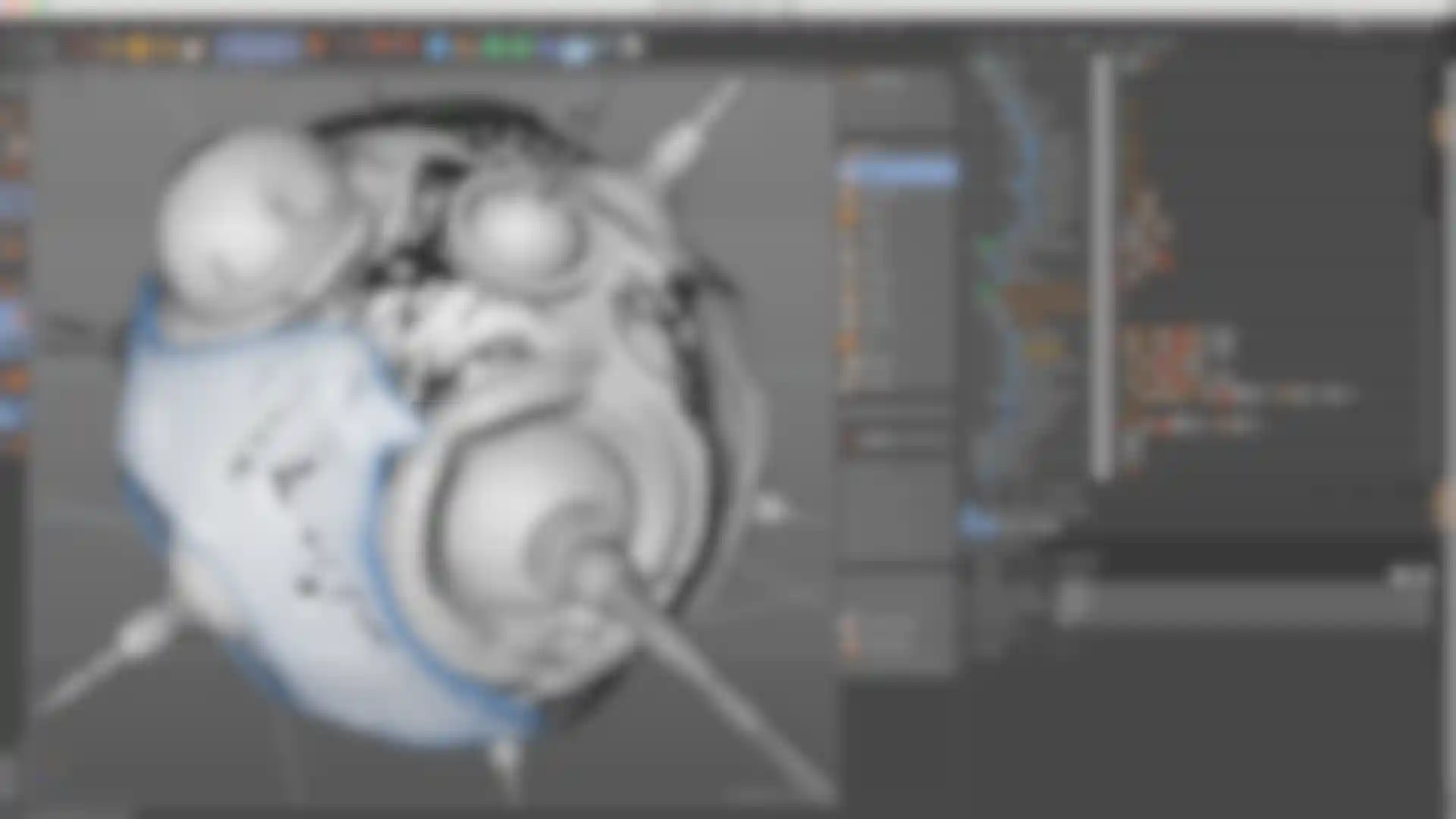
Animated Morgellons and Nanobots Visualizations about DNA can often appear quite chaotic to the untrained eye. This controlled chaos is often made more spectacular using special effects created in Cinema 4D.
Luke Scott, son of Ridley Scott, is following in his father's footsteps as a filmmaker. 'Morgan' is the title of his first work, which is about how applied biological engineering and sedulous nano-machines are used to create human beings. Morgan is the child who is growing at a rapid rate and distancing herself from her parents - and the audience is just a rapidly drawn into a fast-paced sci-fi thriller about an unbridled being.
First, the filmmaker gives the audience insights into Morgan’s creation, including shots of cell manipulation at a microscopic level. In order to meet the expectations of both the director and the production designer while maintaining the required realistic look, MadMicrobe worked with an animation studio that specializes in creating precisely these types of effects. Co-founder Joe Dubin explains how the shots were created using Cinema 4D, X-Particles and After Effects:
“The first scene that we wanted to create involved embryonic cells into which modified genetic material is injected using a micro pipette. This key sequence in the creation process basically shows Morgan’s inception. She can be seen on a computer monitor, which had to have the typical look of electron microscopes. We were asked to create a sequence that shows the modified material flowing into the cells, as if they were morgellons. We created the part where the pipette presses through the cell wall, which then returns to its original shape after being penetrated, using Soft Body elements with Dynamics in an FDD and a Deformer in Cinema 4D. The injected DNA had to resemble morgellons, which we realized using X-Particles that we applied like a turbulence effect. We rendered the scene using the Physical Renderer in Cinema 4D, which in my opinion delivers much better results much faster than many people may think!”


In another scene, MadMicrobe had to show how a nanobot infiltrates Morgan’s neural network. The scene the nanobot hovering in a weave of neurons and then settle onto a knot which it then penetrates. “It was not immediately clear how this scene should look. There were only rough concepts for the bot design and how it should penetrate the knot, which made it possible for us to use our own ideas and imagination. Since we only had about 2 weeks to create the shots, including style frames and test renders, we brought on Jon Bosley, a Cinema 4D artist based in the UK who helped us with lighting, texturing and particle effects.”
“We used a simple polygon model to create the nanobots and distributed the antennae across their surface using MoGraph. Even though the final scene had to have the monochrome look of an electron microscope, the director insisted that the nanobots be colored orange. After the bot concept had been approved we created a high-res model and added abrasions and wear to the models using Cinema 4D’s Sculpt tools,” Joe explains.
After completing this rather spectacular film project, MadMicrobe returned to its core business of creating medical and scientific animations. “Of course this is what we specialize in but we’d love to use our skills and expertise for other types of projects in the future!” concludes Joe.








